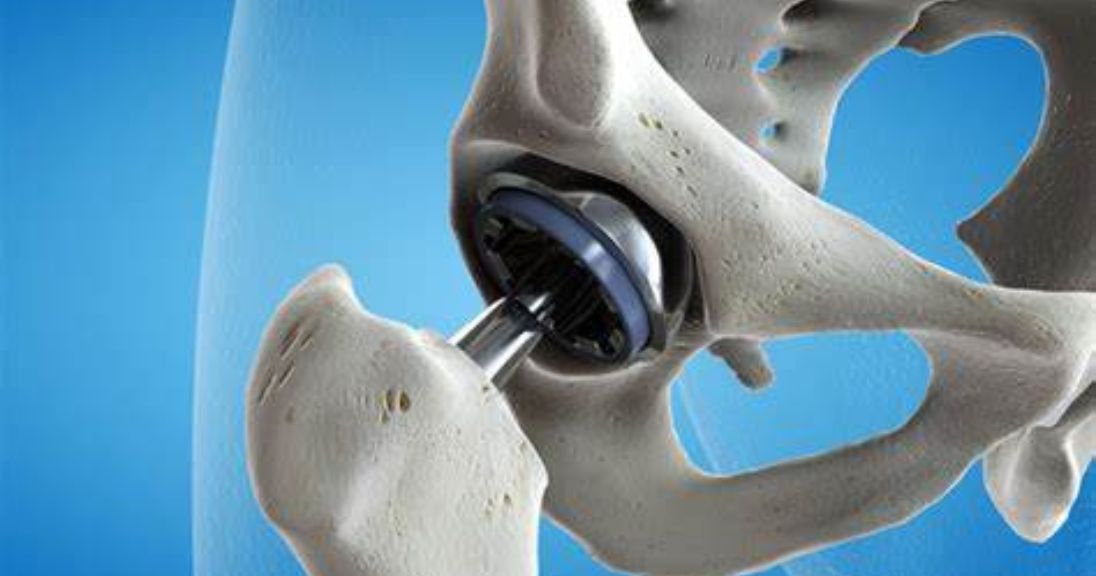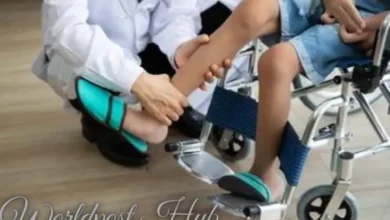Orthopedic Devices: A Comprehensive Guide

As the world continues to evolve, so does technology, and the healthcare industry is not left out. The use of orthopedic devices has been on the rise, and for good reason. These devices aid in treating and managing musculoskeletal disorders, fractures, and injuries. In this article, we will be discussing orthopedic devices, their types, uses, and benefits.
Introduction to Orthopedic Devices
Orthopedic devices are medical equipment used to treat and manage musculoskeletal disorders and injuries. These devices come in various shapes and sizes, and they function to support, stabilize, immobilize, or correct the bones, muscles, and joints. They are commonly used by orthopedic surgeons, physical therapists, and other healthcare professionals.
Read More: Top B2B Marketing Strategies for Small Businesses
Types of Orthopedic Devices
- Braces: These are devices that support and stabilize the affected area. They come in different types, including knee braces, ankle braces, wrist braces, and back braces.
- Splints: These are used to immobilize the affected area to aid in healing. They come in different shapes and sizes and can be customized to fit the patient’s needs.
- Prosthetics: These are devices that replace missing body parts. They can be used for amputations, congenital disabilities, or injuries.
- Orthotics: These are devices that correct and support deformities in the bones and joints. Used for conditions such as scoliosis, flat feet, and clubfoot.
- Implants: These are devices that are surgically implanted into the body to replace or repair damaged bones, joints, or tissues. They can be used for joint replacements, spinal fusion, and fracture repair.
Benefits
- Pain relief: Orthopedic devices aid in pain management by reducing pressure on affected areas and supporting them.
- Faster healing: Immobilizing the affected area allows for faster healing of injuries and fractures.
- Improved mobility: Orthopedic devices aid in the rehabilitation of patients, allowing them to regain mobility and function.
- Prevention of further injury: Orthopedic devices prevent further damage to already affected areas, reducing the need for surgery and other invasive procedures.
- Improved quality of life: The use of orthopedic devices improves the quality of life of patients by aiding in their recovery and rehabilitation.
Choosing the Right Device
Choosing the right orthopedic device can be overwhelming, but it is crucial for optimal recovery and management of musculoskeletal conditions. The following factors should be considered when choosing an orthopedic device:
- The type of injury or condition
- The severity of the injury or condition
- The patient’s lifestyle and activity level
- The patient’s age and overall health
- The cost and durability of the device
It is essential to consult with a healthcare professional when choosing an orthopedic device.
Maintenance and Care of Devices
Orthopedic devices require proper maintenance and care to ensure their longevity and effectiveness. The following tips should be followed when caring for orthopedics:
- Follow the manufacturer’s instructions for use and care
- Keep the device clean and dry
- Avoid exposure to extreme temperatures
- Check the device for wear and tear regularly
- Replace the device when necessary
Conclusion
Orthopedic devices are essential in the management and treatment of musculoskeletal conditions and injuries. They aid in pain relief, faster healing, improved mobility, prevention of further injury, and improved quality of life. When choosing an orthopedic device, factors such as the type and severity of the injury or condition, the patient’s lifestyle and activity level





